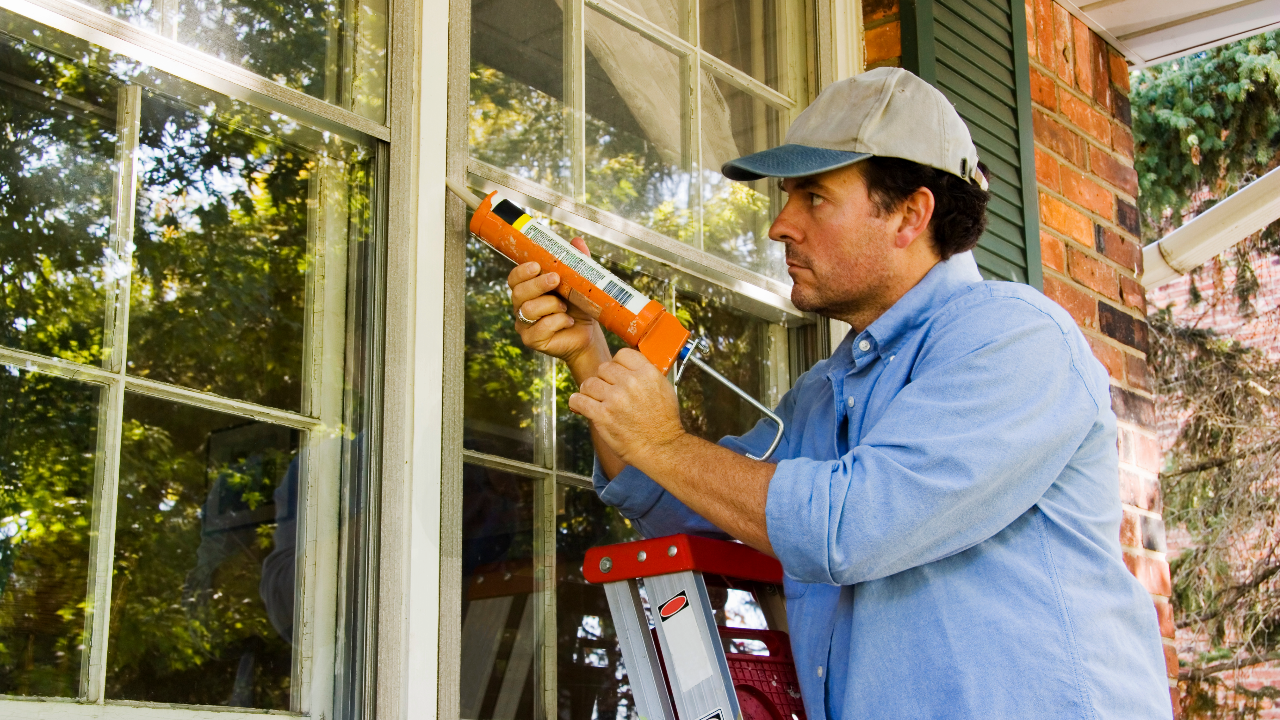
What is Caulking?
Caulking, a versatile building material, plays a critical role in both construction and home maintenance. Primarily used as a sealant, it fills cracks, gaps, and joints in various structures. From silicone caulk in wet areas to acrylic latex caulk for general purposes, the right type of caulk ensures a waterproof and airtight seal, safeguarding your home against moisture and air leaks.
The Evolution of Caulking in Home Improvement
The journey of caulking from traditional clay and rope in wooden shipbuilding to modern silicone and acrylic compounds reflects significant advancements in technology and materials science. Today's caulks, including options like butyl rubber and polyurethane, offer improved durability, flexibility, and resistance to elements, making them indispensable in sealing everything from window frames to bathroom tiles.
Why Caulking is Essential for Your Home
Caulking is not just about sealing cracks; it's an essential component for maintaining the integrity and energy efficiency of your home. Properly applied caulk prevents water damage, reduces air leaks, and cuts home energy costs. Whether it's caulking guns smoothly applying caulk along door frames or mildew-resistant formulas in damp areas, the right caulking solution plays a vital role in protecting and enhancing the longevity and aesthetics of your home.
By understanding caulking's evolution and its critical role in home improvement, you can make informed choices about the types of caulk and application methods best suited for your home's needs.
Join our newsletter
Stay on top of the latest in landscaping and lawn care with one valuable tip right in your inbox every Saturday morning.
Types of Caulk: Choosing the Right One
Silicone Caulk: For Wet and High-Temperature Areas
Silicone caulk is renowned for its exceptional durability and flexibility, making it an ideal choice for areas exposed to moisture and extreme temperatures. Its water-resistant properties are perfect for sealing gaps in wet areas like bathrooms, kitchens, and around plumbing fixtures. Silicone caulk adheres well to non-porous surfaces such as glass, metal, and tiles, providing a long-lasting seal against leaks and drafts.
Acrylic Latex Caulk: The Versatile Solution
For a wide range of general caulking needs, acrylic latex caulk is an excellent choice. Easy to apply and paint over, it's suitable for sealing joints and cracks in wood, drywall, and other porous surfaces. Acrylic latex caulk is less flexible than silicone but offers the advantage of easier cleanup and smoother application, making it ideal for interior projects like sealing window frames and door casings.
Specialty Caulks: From Butyl Rubber to Polyurethane
For specific applications, a range of specialty caulks is available. Butyl rubber caulk is perfect for outdoor applications, offering high resistance to weathering and UV rays. Polyurethane caulk, known for its strong adhesion and durability, is ideal for sealing high-movement joints in materials like concrete and masonry. These specialty caulks ensure that no matter the project, there's a tailored solution to meet your sealing needs effectively.
Selecting the right type of caulk for your project is crucial for ensuring optimal performance and longevity. Whether it's silicone's moisture resistance, acrylic latex's versatility, or the specific benefits of butyl rubber and polyurethane, understanding the properties of each type helps in making an informed decision.
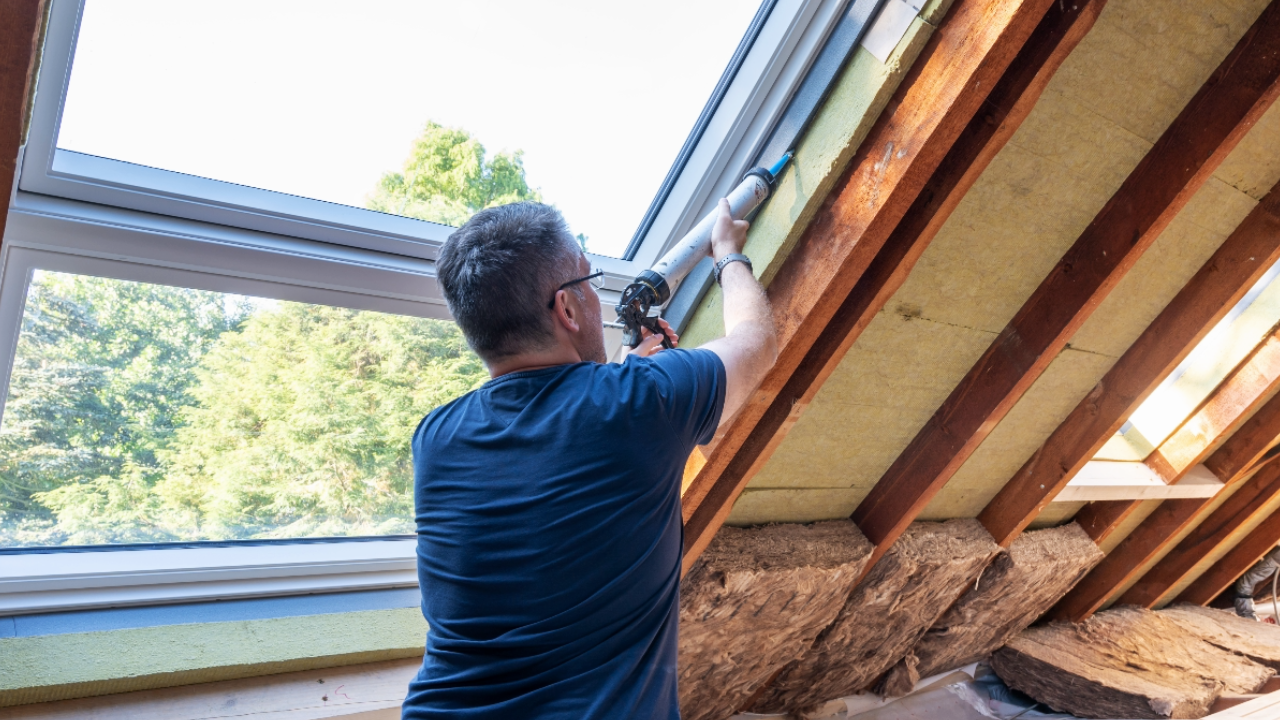
Preparing for Caulking: Essential Steps
Cleaning Surfaces and Removing Old Caulk
Before applying new caulk, it's crucial to clean the surfaces and remove any old caulk. This ensures proper adhesion and effectiveness of the new application. Start by scraping away old caulk with a putty knife or a caulk removal tool. Clean the area thoroughly to remove dirt, grease, and old adhesive residues. For best results, use a mildew-resistant cleaner in damp areas like bathrooms to prevent future mold and mildew growth.
Selecting the Right Tools: Caulking Guns and More
Equipping yourself with the right tools is essential for a successful caulking project. A quality caulking gun is a must-have for precise application and control. Look for features like a smooth pressure rod for easier operation and a built-in cutter to open caulk tubes. Additionally, consider using masking tape to create clean, straight lines, especially in visible areas. For smoothing the caulk, you can use a damp finger, a caulk smoother, or a specialized tool, depending on the caulk type and application area.
Proper preparation, from cleaning and surface prep to selecting the right tools, sets the foundation for an effective and neat caulking job. Whether you’re sealing a window frame or filling gaps in tiles, these preparatory steps are key to achieving a professional-looking finish.
Applying Caulk: Techniques and Tips
Step-by-Step Guide to Applying Caulk
- Cut the Caulk Tube: Begin by cutting the tip of your caulk tube at a 45-degree angle. This allows for easier application in corners and tight spaces. For smaller cracks, cut a smaller opening; for larger gaps, a larger one.
- Load the Caulk Gun: Insert the tube into your caulking gun. Ensure it's securely in place to control the flow of caulk efficiently.
- Apply the Caulk: Hold the gun at a 45-degree angle and apply the caulk in a smooth, continuous motion. If you're using silicone caulk for water-resistant sealing or acrylic latex caulk for interior use, the technique remains the same.
- Smooth the Caulk: After applying, smooth the caulk with a caulking tool or a damp finger to press it into the gap and ensure a clean finish.
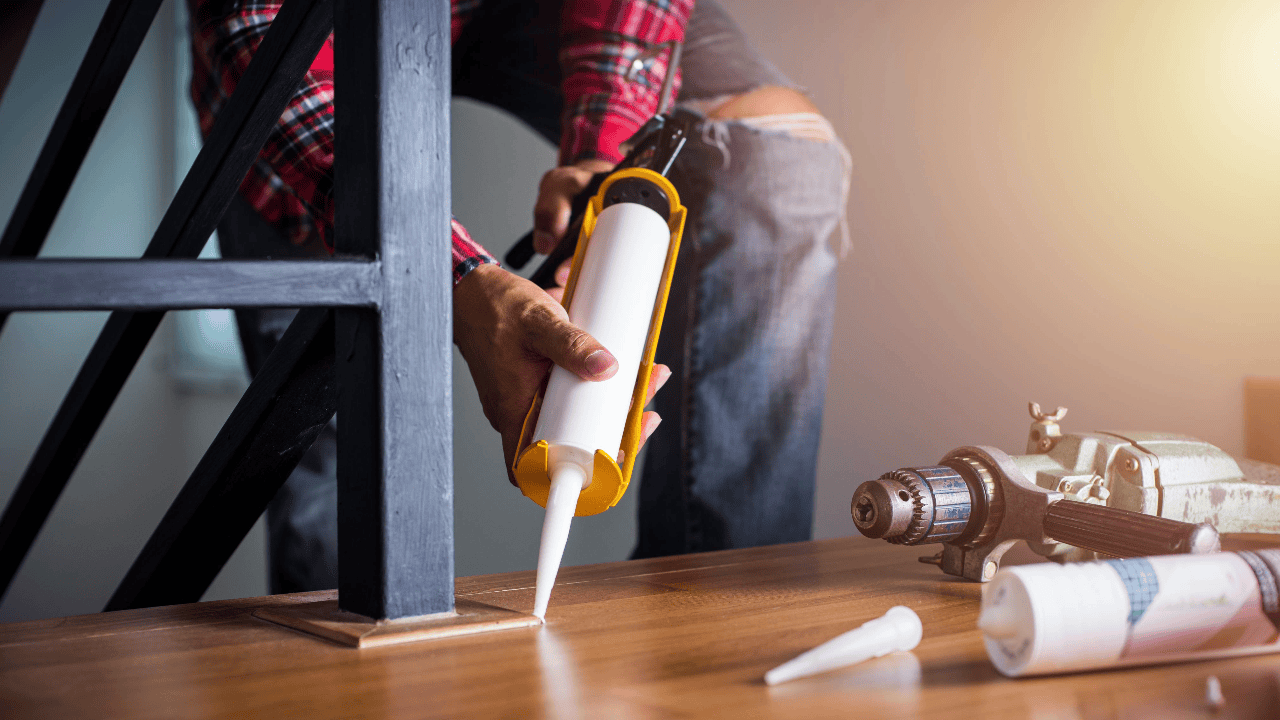
Sealing Cracks and Gaps Effectively
To effectively seal cracks and gaps, focus on areas that are prone to moisture, air leaks, and energy loss. These include window frames, door frames, plumbing fixtures, and joints in building materials. Ensure that the caulk adheres well to both sides of the gap for a watertight and airtight seal.
Tips for a Smooth and Professional Finish
- Clean First: Always clean and dry the area before applying caulk.
- Use Tape for Straight Lines: Apply painter's tape alongside the area to be caulked for neat, straight lines.
- Proper Caulk Selection: Choose the right caulk for the job—silicone caulk for wet areas and acrylic latex for ease of painting.
- Smooth Out Quickly: Caulk starts to set quickly, so smooth it out immediately after application.
- Allow Proper Drying Time: Refer to the manufacturer's instructions for drying times to ensure the caulk sets correctly.
Applying caulk correctly can significantly improve the energy efficiency of your home by sealing air leaks and preventing water damage. With the right techniques and tools, you can achieve a durable and aesthetically pleasing seal.
Join our newsletter
Stay ahead of the curve in all things outdoor.
Get the inside scoop on the latest landscaping, lawn care, and fencing trends with 1 actionable tip every Saturday morning.
Caulk Maintenance and Repair
Caring for Caulked Surfaces
Regular maintenance of caulked surfaces is key to prolonging their lifespan and effectiveness. Keep them clean and check periodically for signs of wear or damage. In areas prone to moisture, like bathrooms and kitchens, use mildew-resistant products to prevent mold growth. Gently cleaning these surfaces with appropriate cleaners can help maintain their integrity and appearance.
Identifying and Fixing Common Caulking Issues
Over time, caulk may shrink, crack, or become discolored. Identifying these issues early is crucial for prompt repair. If you notice cracks or gaps in the caulk, it's time to reapply. Remove the old caulk, clean the area thoroughly, and apply new caulk for a refreshed and effective seal. In cases of mildew or mold, use a mold-resistant caulk to prevent future growth.
Proper maintenance and timely repairs are essential for keeping caulked areas functional and visually appealing. Regular inspections and upkeep ensure that your caulking remains an effective barrier against moisture, drafts, and energy loss.
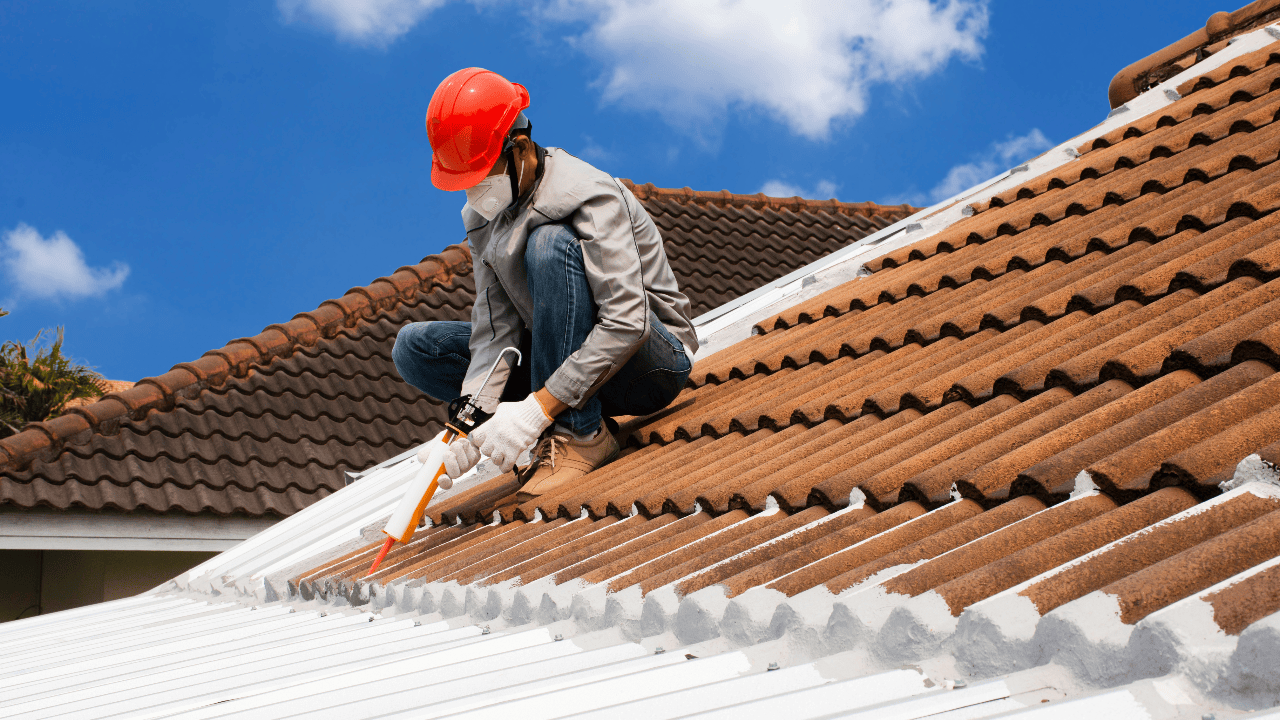
Creative Uses of Caulk in Home Improvement
Beyond Sealing: Innovative Applications of Caulk
Caulk isn't just for sealing gaps and cracks. Its versatility extends to many creative applications in home improvement. For instance, use it to stabilize wobbly furniture or fill in nail holes and imperfections in walls before painting. Caulk can also be used as a simple adhesive for small home projects, offering a quick and easy solution for attaching lightweight decorative items.
Enhancing Aesthetics with Caulk
Caulk can play a significant role in improving the aesthetics of your home. Use colored caulk to create seamless transitions between different surfaces, like where tile meets walls. In rooms like the kitchen and bathroom, caulk helps maintain clean lines around sinks and bathtubs, contributing to a neat and polished look. With a bit of creativity, caulk can be a subtle yet powerful tool in your home décor arsenal.
Exploring these creative uses of caulk can add both functionality and style to your home. Whether it's in small repairs or aesthetic enhancements, the right use of caulk can make a significant difference.
Caulking FAQs
What is Caulking Used For?
Caulking is a versatile material primarily used for sealing cracks and gaps in various building structures. It is essential for preventing moisture penetration in wet areas, air leaks in window and door frames, and for enhancing energy efficiency in homes. Caulking is also used for aesthetic purposes, such as smoothing out seams and filling nail holes for a neat finish.
Where Should You Not Use Caulking?
Avoid using caulking on surfaces that require flexibility or movement, such as between two movable parts. It's also not recommended for large gaps or areas where a stronger adhesive or a more specialized sealant is needed. For areas prone to high heat or direct flame, special heat-resistant caulks should be used instead of regular ones.
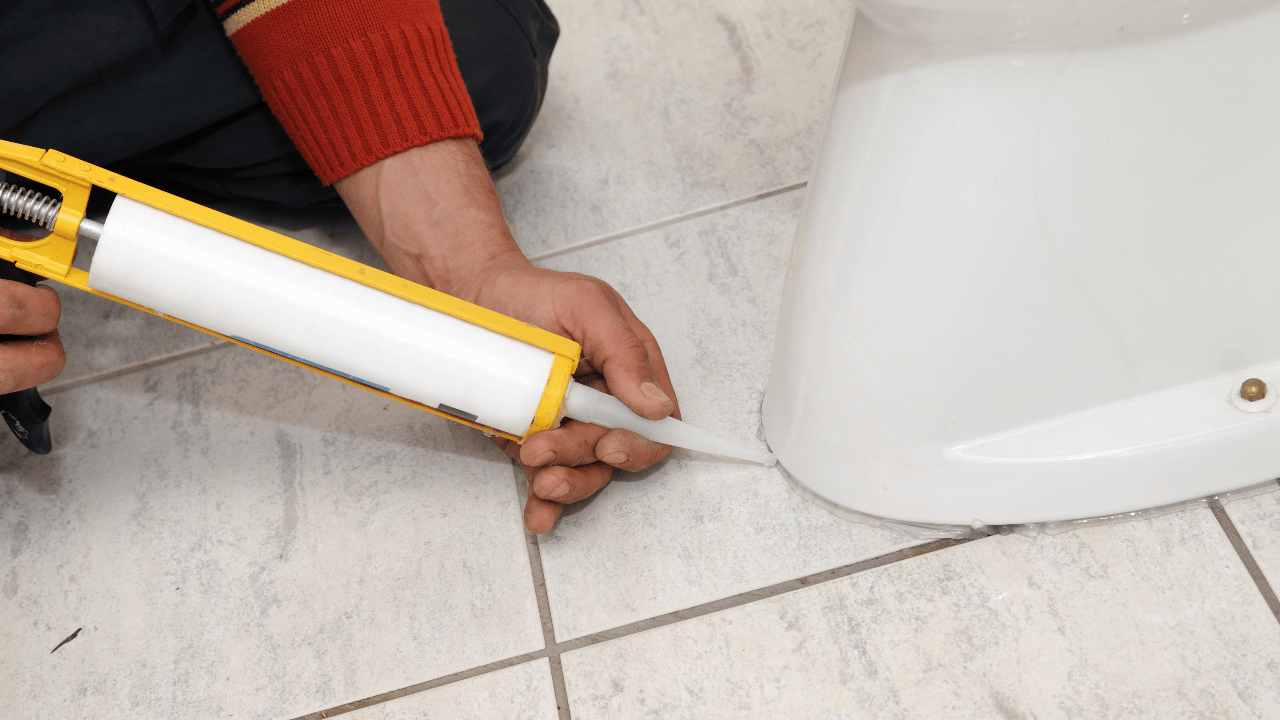
What is the Difference Between Caulking and Sealant?
While both caulking and sealants are used to fill gaps and seal joints, the primary difference lies in their elasticity. Sealants are generally more flexible and capable of accommodating structural movements, making them suitable for joints that expand and contract. Caulk, on the other hand, is less flexible but provides a sturdy, impermeable barrier against air and moisture.
How Do You Apply Caulking?
To apply caulking, start by cleaning the surface and removing any old caulk. Cut the tip of the caulk tube at a 45-degree angle, load it into a caulking gun, and apply the caulk in a steady, continuous line. Smooth the caulk with a tool or damp finger for an even finish. Different types, like silicone or acrylic latex caulk, may require specific application techniques based on their consistency and intended use.
Understanding these basics about caulking can guide you in choosing and using the right type for your specific home improvement needs, ensuring effective sealing and a professional-looking finish.
Mastering the Art of Caulking
In this comprehensive guide, we've explored the various facets of caulking, from its basic definition to its myriad applications in home improvement. We've delved into the different types of caulk, such as silicone and acrylic latex, and highlighted their specific uses. Preparatory steps, application techniques, and maintenance tips were covered to help you achieve a professional finish in your caulking projects. With this knowledge, you're now equipped to tackle a range of caulking tasks. So, grab that caulking gun and embark on your next home improvement adventure with confidence!
Join our newsletter
Stay ahead of the curve in all things outdoor.
Get the inside scoop on the latest landscaping, lawn care, and fencing trends with 1 actionable tip every Saturday morning.